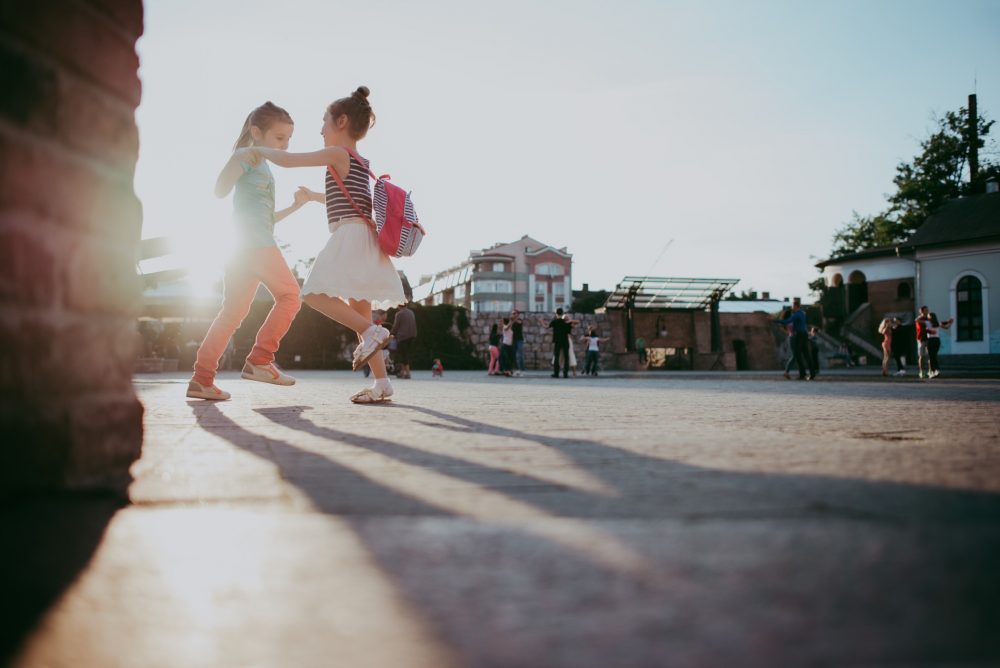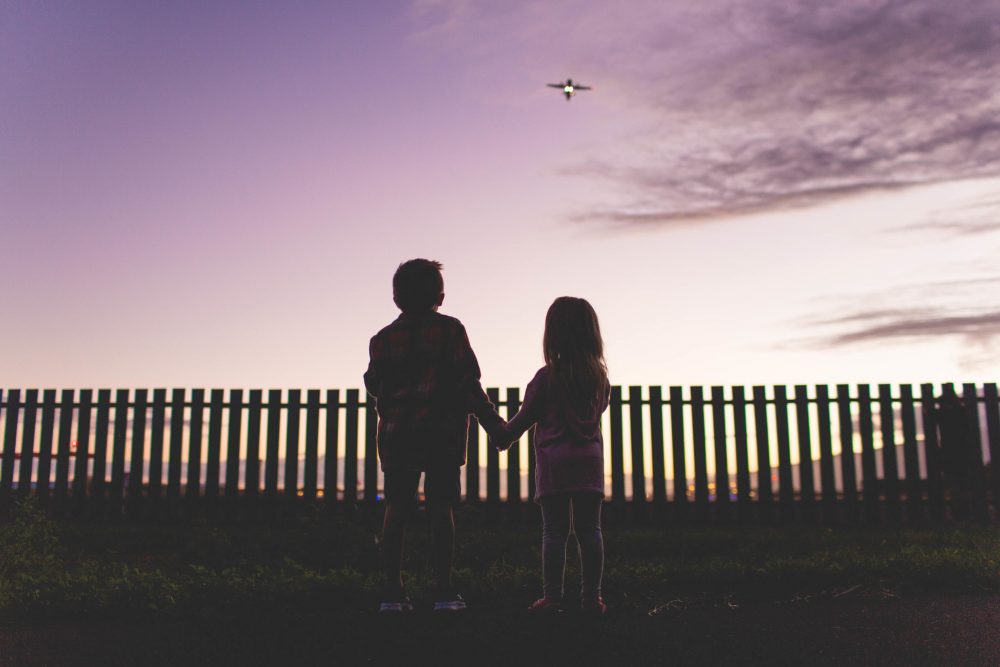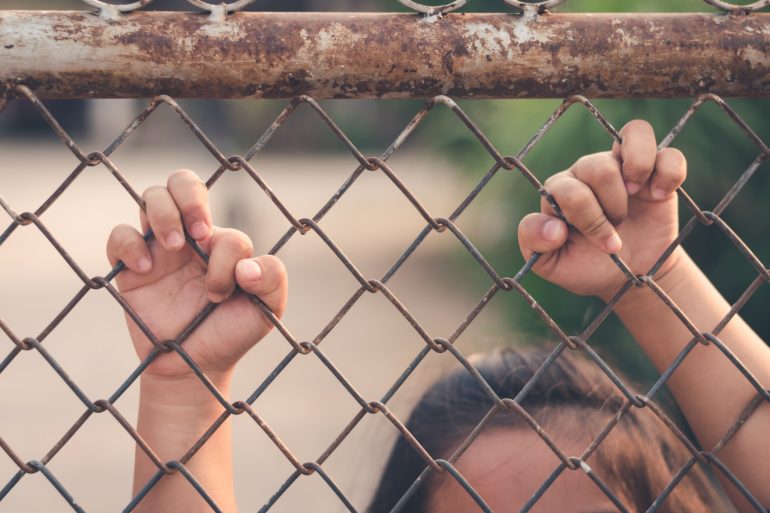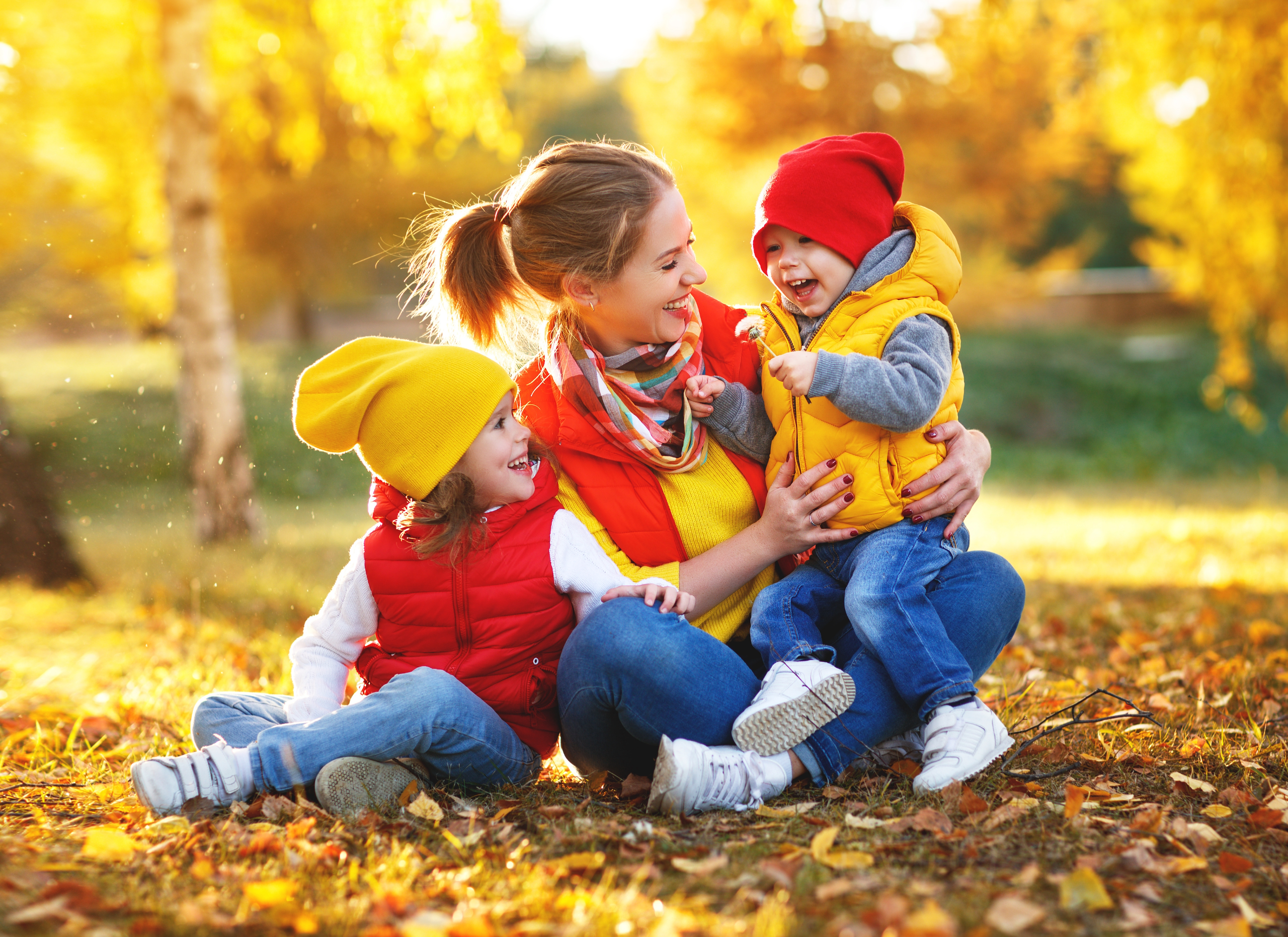Human Trafficking: How Real Is the Danger?
Startling reports of human trafficking on social media made shareable by witnesses who claim to have been part of behavior tied to child abduction and in some cases, sex slavery.
The accounts appear to come from areas across the United States to parents of children of a wide range of ages.
Due to the anecdotal nature of these stories though, it’s difficult to say whether human trafficking has seen a spike in inactivity, or if fear and paranoia are fanning the flames.
One thing’s for certain though: these stories, however, suspect, detail every parent’s worst nightmare.
What Is Human Trafficking?
Human trafficking is the practice of abducting or coercing people into a form of slavery and selling them as a commodity. Victims of human trafficking may be trafficked for sexual exploitation or labor and can be men, women, or children.
Human trafficking isn’t an atypical crime. In fact, it’s the second-biggest criminal industry in the world after drug trafficking.
Traffickers usually target people who are isolated and challenged in some way, with a vulnerability they can use to manipulate them. Once they earn their trust, they force them into slavery, where the victims are exploited and the trafficker profits from their labor and sex abuse.
According to the Walk Free Foundation, 400,000 Americans are estimated to be trapped in slavery either for forced labor, sexual exploitation, or forced marriage.
How Does This Happen to People?

This is not an easy thing to talk about. This is not an easy thing to think about it. This is not a side of humanity that we, as parents, like to acknowledge exists.
But it does, and the more aware we are, the more vigilant we can be — the better we can protect our kids and each other’s kids.
Because we’re all in this together.
But how does this happen? What does this crime even look like? Are kids just getting picked up off the streets while they ride their scooters around the neighborhood?
Most of the time victims of human trafficking are people in vulnerable situations — runaway children and the homeless, or people in financial struggle. However, abductions happen to people and children across a wide variety of socio-economic demographics.
The majority of children who are abducted by nonfamily members are school-aged and are typically taken between school and home or while playing in the street. In most cases of human trafficking, victims are runaways or children struggling with home issues, often caught in the foster care system or dealing with mental health conditions.
Are Child Abductions Common In the US?
It’s the question at the top of every parent’s mind when reading the stories that circulate — is this everywhere, or are we just seeing it because the stories are so gripping?
The good news is, that while human trafficking remains a massive part of the world’s darkest economy, child abductions in the US are still relatively rare. According to The National Center for Missing and Exploited Children, there were over 1,600 reported attempted abductions in the US in 2018 by nonfamily members — a large number, but significantly small when compared to the overall number of children that go missing each year, which also includes runaways.
Less than 1% of reported missing children are nonfamily abductions, with most of the victims being school-age and teenage children. Infant abductions are incredibly rare in the US, with the numbers for the last 50 years totaling less than 500 combined. According to the research, most infant abductions of babies under six months old happened at hospitals and were typically by women posing as healthcare workers.
In short, no, child abduction is not common — most human trafficking victims are not getting taken from their homes. In the majority of cases, children are either wandering off or running away from home and then being preyed upon by people seeking to exploit them.
The vast majority of child abduction cases in the US are by noncustodial parents, and in most cases, the children are recovered unharmed.
Is Anybody Doing Anything About Human Trafficking?
Human trafficking is a global concern, with international interest in seeing its eradication.
The challenge that many organizations face in freeing trafficking victims comes in part from the tendency of victims to, sometimes, not actually identify as victims. This form of manipulation and brainwashing encourages victims to protect the anonymity of their oppressors, by building into their psyche that they’re not even victims, to begin with.
Needless to say, it’s an almost impossible thread to unravel, and it’s leading organizations like the Human Trafficking Hotline with an uphill battle to free victims that are difficult to identify, and even rescue.
However, it’s a battle that organizations like the National Center for Missing and Exploited Children have been fighting for years.
On their website, the NCMEC provides information on how to identify victims of human trafficking, as well as how to prevent it from happening.
You can call their free 24-hour hotline at 1-800-843-5678 to report a tip.
The NCMEC encourages parents to have frequent, honest dialogues with their children about the risks of abduction and sexual exploitation, and to be vigilant in spotting the warning signs.
Which States Have the Highest Rates for Human Trafficking in the US?
According to the Human Trafficking Hotline, California is the clear frontrunner in a number of human trafficking cases reported, with 760 cases reported in 2018 alone. Second is Texas, with 455 cases, and third was Florida, with 367 cases reported in 2018.
In total, 5,147 human trafficking cases were reported in the US in 2018, with the vast majority of the reports (3,718) being for sex trafficking. Of the over 5,000 cases of human trafficking reported, 4,233 of the victims were female.
Protecting Our Kids from Human Trafficking

It’s every parent’s worst nightmare, but we want to challenge parents to do something here:
As parents, let’s collectively decide NOT to cower in fear of this. Instead, let’s choose to be aware, diligent and observant, and unapologetic in our desire to protect our children.
Let’s not fear the perception of paranoia, or walk on eggshells because we don’t want to upset anybody.
Let’s get alert. Let’s get direct. Let’s make eye contact with strangers. Let’s unapologetically be critical of new babysitters and strangers.
And let’s decide that the traffickers do not get to win — they do not get to scare us into a social media binging frenzy.
Because as scary as this is, there is always something out there that we as parents need to worry about.
Developmental delays. Processed foods. Autism. Infectious diseases. POOP.
But at the end of the day, all we can do is come at our absolute best — well-rested, fully engaged, and fully aware enough to spot the signs that something isn’t right.
Here are a few things you can do to take the necessary precautions, without putting your kids in a bubble:
1. Talk to your kids about the risks of interacting with strangers. KidsSmartz provides learning materials to help you navigate these challenging subjects with your children.
2. Educate your older children on how social media is used by child sex traffickers to exploit them.
3. Create rules and expectations for safe social media use, like restricting profile visibility, and never sharing location information or adding people they don’t know.
4. Most child abductions happen before or after school. Until your child is old enough to protect themselves, chaperone them to and from bus stops.
5. Tell your child what to do if someone ever tries to abduct them (scream, hit).
6. Make sure your older children always travel with friends, and never go anywhere with anyone they don’t know.
7. Be hyper-aware of your surroundings — never walk to your car while looking at your phone.
8. Be conscious of your children’s proximity to you at all times and aware of someone attempting to distract you.
Human trafficking is scary, and it’s crazy that it’s a conversation that we have to have, but remember: the numbers aren’t as bad as they seem. With some awareness and village-style parenting, we can work to prevent this from happening to our children — or anyone else’s.
Learning Resources:
The US Institute Against Human Trafficking






